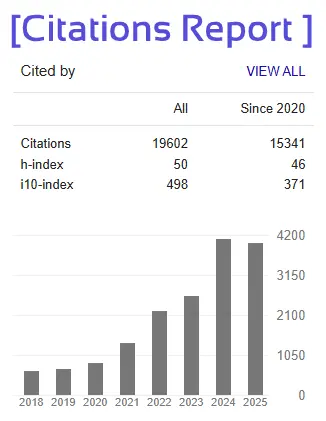“Exploring the Relationship Between Employee Recognition and Job Satisfaction”
Nikita Kumari researcher SOB Galgotiya University,
Associate Prof. (Dr. Meghna Singh) Guide SOB Galgotias University
Abstract
Employee recognition has emerged as an organizational strategic initiative of employee satisfaction, engagement, and loyalty in the performance-oriented and competitive organizational culture of today. Recent research investigates complicated dynamics between recognition practices and employee job satisfaction across sectors. The study was prompted by growing recognition that despite recognition being identified as a key motivational driver, its actual use and actual impact on employee attitudes remain relatively unexplored in most organizations.
With a standardized and structured questionnaire, data were gathered from a representative sample of 90 employees from various age groups, occupations, and experience levels. The questionnaire assessed the frequency, mode, and perceived justice of the appreciation and some aspects of job satisfaction, e.g., job satisfaction with work, supervision, and rewards. A quantitative research approach was employed, and data were processed using statistical methods such as descriptive statistics, frequency distribution, and Pearson correlation coefficient.
The findings show strong positive relationships between recognition and job satisfaction, and this suggests not just that recognition boosts morale but also that it boosts employees' emotional commitment and attachment to work. Among different types of recognition, verbal and peer recognition were most valued and appreciated, even more than money as an inducement. The study also identifies differences in recognition frequency and effectiveness across different demographic segments and recommends recognition practices to be inclusive and tailored.
This research contributes to the growing body of literature in human resource management by offering empirical evidence of the ability of recognition to impact employee attitudes and organizational performance. The findings point to the necessity for managers and HR practitioners to institutionalize recognition as a regular and substantial practice, rather than an ad-hoc or symbolic practice. With improved recognition systems, organizations are able to establish an appreciation culture that leads to higher employee satisfaction, turnover reduction, and better overall performance.







